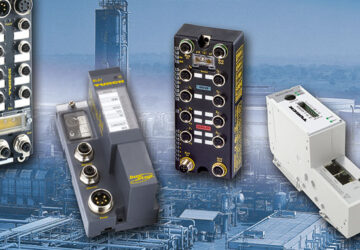Personal security requirements have become increasingly complex as individuals accumulate diverse asset portfolios, important documents, and valuable collectibles requiring professional-grade protection. The modern approach to secure storage goes beyond simply finding available space—it involves matching security features, access patterns, and service levels to your specific lifestyle demands and risk tolerance. Selecting a secure safety deposit box requires careful analysis of your storage objectives, access frequency, geographic preferences, and long-term security needs to ensure the chosen solution provides optimal protection while remaining practical for regular use throughout changing life circumstances.
Lifestyle-Based Access Requirements Assessment
Your daily routine and work schedule directly influence the practicality of different vault locations and their operating hours. Business professionals requiring frequent access benefit from CBD facilities offering extended weekday hours, while retirees might prefer suburban locations with flexible scheduling and lower costs.
Travel patterns significantly impact optimal facility selection. Frequent travelers need locations near airports or major transportation hubs, while those with predictable schedules can choose facilities based purely on security features and cost considerations.
Family dynamics add complexity to access planning. Joint account holders require facilities accommodating multiple authorized users, while estate planning considerations might favor locations offering inheritance transfer services and professional consultation.
Emergency access requirements vary dramatically between customers. Some need 24/7 availability for time-sensitive business documents, while others access their boxes annually for tax document updates or insurance policy reviews.
Storage Content Analysis and Security Matching
Different asset types require varying levels of environmental protection and security features. Original legal documents need climate-controlled environments preventing deterioration, while precious metals require basic secure storage without specialized environmental controls.
Digital media storage presents unique challenges, with formats like USB drives and optical discs requiring specific temperature and humidity ranges for long-term preservation. Magnetic storage devices need protection from electromagnetic fields that could corrupt data.
Artwork, collectibles, and antiques often require specialized storage conditions beyond standard vault environments. Professional-grade facilities offer custom storage solutions with adjustable environmental controls and specialized mounting systems.
High-value items exceeding standard insurance limits need facilities offering comprehensive coverage options and professional appraisal services. These requirements often limit facility choices to premium providers with specialized insurance relationships.
Geographic and Logistical Considerations
Melbourne’s traffic patterns significantly affect access convenience during peak business hours. Morning and evening congestion can extend travel times by 50-100%, making location selection crucial for regular access needs.
Parking availability varies dramatically between CBD and suburban locations. Premium city facilities often provide valet parking or validated spaces, while suburban locations typically offer free parking but may require longer walks to vault areas.
Public transportation accessibility becomes important for customers without reliable vehicle access. Facilities near train stations or major bus routes provide flexibility during vehicle maintenance periods or adverse weather conditions.
Natural disaster risk assessment influences long-term facility selection. Melbourne’s bushfire history affects certain suburban areas, while flood risks concentrate in specific geographic zones requiring careful evaluation.
Technology Integration and Future-Proofing
Modern vault facilities offer varying levels of technology integration, from basic key access to sophisticated biometric systems with smartphone integration. Tech-savvy customers benefit from facilities offering app-based access scheduling and account management features.
Notification systems vary between providers, with advanced facilities offering real-time alerts for access events, account status changes, and facility security updates. These features provide peace of mind for customers monitoring their storage security.
Digital documentation capabilities help customers maintain detailed inventories of stored items through secure online portals. These systems often integrate with insurance providers for streamlined coverage management and claim processing.
Scalability considerations become important as storage needs evolve. Facilities offering easy box size upgrades and additional services prevent future relocation requirements as portfolios grow or change composition.







